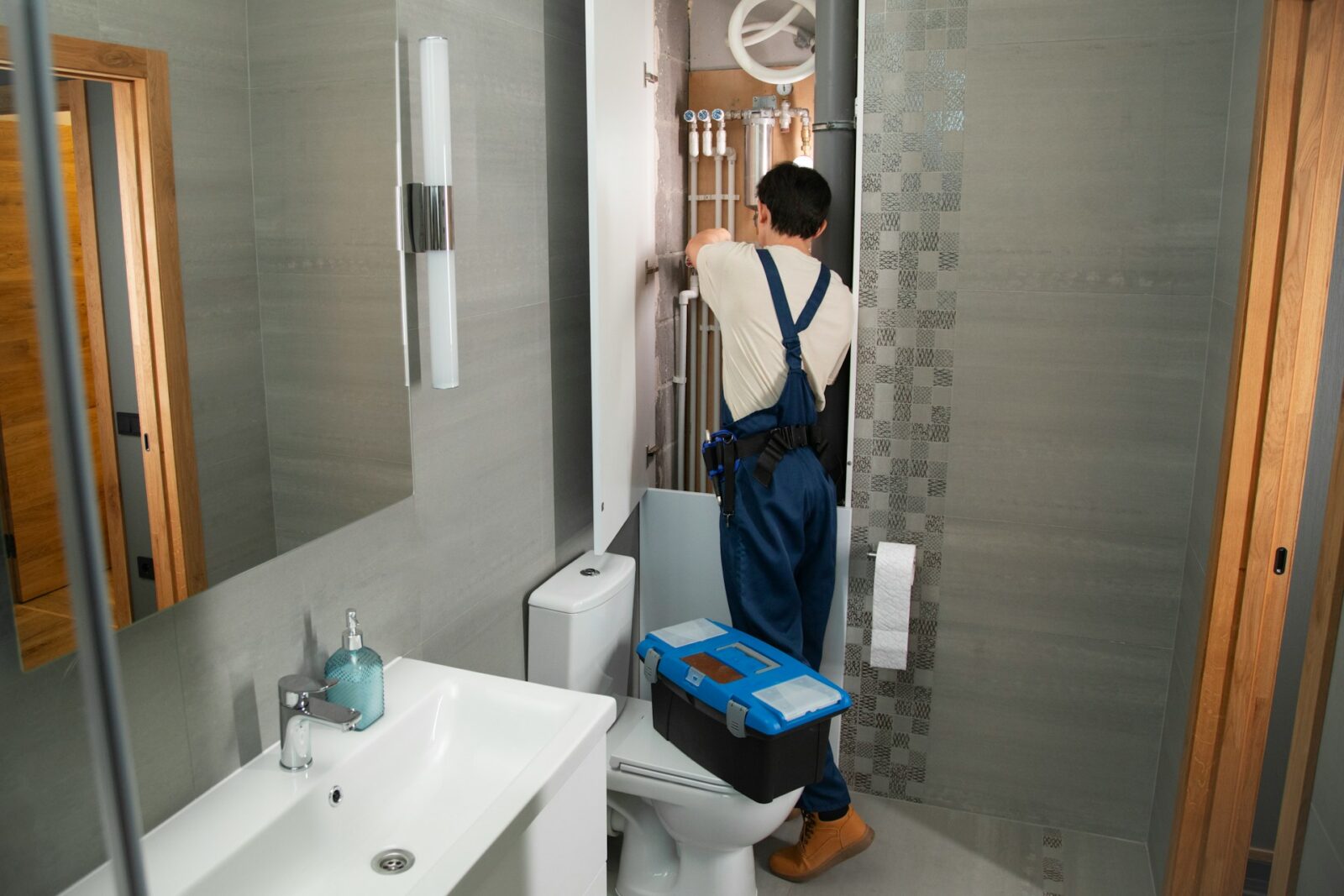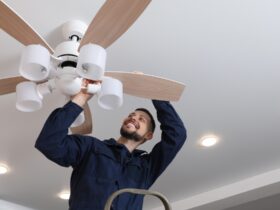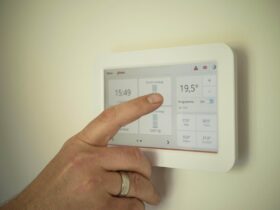Winter tends to sneak up on people who think they don’t need to prepare for it. Each year, about 250,000 homes across the U.S. suffer damage from frozen or burst pipes. Many of those cases happen in regions that rarely see snow.
In much of the South, homeowners assume freezing pipes, icy roofs, and burst water lines are “northern problems.” But recent years have shown a very different story. When Tennessee plunged into single-digit temperatures this January, frozen pipes cracked open across Nashville, flooding kitchens, garages, and basements.
Local plumbers worked nonstop to thaw lines and stop leaks as homeowners scrambled to shut off their water. Events like this make one thing clear: you don’t need a blizzard to have a home emergency. Whether you live in Memphis, Atlanta, or Dallas, every homeowner needs a winter plan. It should protect your house, your comfort, and your wallet.
Why Southern Homes Are Especially Vulnerable
Southern houses were built for humidity and heat, not arctic blasts. Many have shallow foundations, uninsulated crawl spaces, and pipes running through exterior walls, all of which make them prone to freezing. When temperatures plunge suddenly, those exposed pipes can lock up in hours. Once ice expands, it bursts fittings and cracks joints, sending water gushing once it thaws.
In January 2025, The Tennessean reported dozens of Nashville residents dealing with exactly that. Frozen and burst pipes left them without running water for days. Plumbers across the city were inundated with calls, often working around the clock.
One plumber in Nashville explained that most of those emergencies could have been avoided with better insulation. A few simple preventive steps before the cold snap hit would have made all the difference.
The Small Steps That Prevent Big Headaches
You don’t need expensive upgrades to make your home winter-proof. Most problems happen because people overlook basic preparation. Here’s what actually makes a difference:
- Insulate vulnerable pipes: Wrap pipes in attics, garages, and crawl spaces with foam sleeves or heat tape. Focus on areas that don’t get direct heat.
- Open your cabinet doors: It’s simple but effective. When temperatures drop, let warm air circulate around under-sink pipes, especially along exterior walls.
- Let faucets drip overnight: A slow drip keeps water moving and relieves pressure inside pipes if ice does start forming.
- Seal air leaks: Cold drafts from windows, vents, or door frames can lower the temperature around nearby plumbing. A quick caulk job or weatherstrip fix can save you a plumber’s visit later.
- Know your shut-off valve: If a pipe bursts, shutting off the water quickly can be the difference between a small puddle and a full-blown flood.
These small tasks take less than an hour but can spare you thousands in repair costs.
The Reality Check: Climate Patterns Are Changing
The bigger issue is that the South’s climate is shifting. Winters are still mild overall, but the swings are getting sharper. You’ll get a week of 60-degree sunshine followed by a sudden 15-degree night. Homes and infrastructure weren’t designed for those swings. This is why cities like Nashville and Austin keep seeing bursts, blackouts, and water shortages during extreme cold snaps.
A recent FOX Weather report underscored how unpredictable things have become. Over 100 million Americans were bracing for an early-season freeze as temperatures plunged 15 to 25 degrees below normal across much of the country. Even parts of the South, from Texas to the Carolinas, were issued frost and freeze alerts weeks earlier than usual.
Homeowners can no longer treat winter prep as optional. It’s about resilience and keeping your systems running when weather goes off-script. Investing in small home upgrades now means fewer emergencies later. It’s not just about comfort; it’s about control.
When to Call a Professional
A few small precautions like insulating pipes, keeping faucets dripping during freezes, and sealing cold drafts, can save you a world of trouble. But if a pipe still bursts, call a plumber immediately before the situation escalates. The more time water is allowed to run, the greater the damage it causes.
Once flooding starts, repairs go far beyond plumbing. According to Forbes, most homeowners pay an average of $4,300 to repair a flooded basement. That’s just for cleanup and structural fixes, not replacing furniture or flooring. Acting fast can mean the difference between a minor leak and a costly disaster.
That’s where professional help really matters. Doctor Drips LLC notes that a skilled plumber doesn’t just patch the break; they find the weak points before they fail. During this year’s Tennessee freeze, plumbers in Nashville said most calls came from homeowners who thought their pipes were insulated “well enough.” A quick pre-season inspection could have saved them the stress and the bill.
If your water pressure drops suddenly, faucets sputter, or you notice damp smells near walls, don’t wait. Call a licensed plumber right away. Small delays often turn into expensive cleanups later.
Preparing Beyond Plumbing
A winter survival plan isn’t just about pipes. Think of your house as a system, as everything is connected. Here’s what else belongs on that checklist:
- Heating system tune-up. Dirty filters and neglected furnaces make your system work harder and less efficiently. Replace filters every three months and have a technician inspect it annually.
- Roof and gutters. Clear out leaves and debris so melting snow or rain drains properly. Blocked gutters can send water into walls or freeze into heavy ice dams.
- Outdoor faucets and hoses. Disconnect hoses, drain sprinkler systems, and install faucet covers.
- Emergency backup. Keep a flashlight, batteries, bottled water, and a space heater or blankets in case of power outages.
These steps might seem obvious, but they matter most when the temperature dips below freezing, especially in homes not designed for it.
FAQs
Does a pipe burst in winter?
Yes, pipes can burst in winter when water inside them freezes and expands. This expansion creates pressure that can crack or split the pipe walls. It often happens in uninsulated or exposed pipes, especially during sharp temperature drops or extended cold spells.
Will PVC burst when frozen?
Yes, PVC pipes can burst when frozen, though they’re a bit more flexible than metal ones. As water freezes and expands, pressure builds inside the pipe until it cracks. When the ice thaws, those cracks often lead to leaks and water damage.
Will my insurance cover frozen pipe damage?
Most homeowners’ insurance policies cover damage from burst or frozen pipes if it wasn’t caused by neglect. That means you must have taken reasonable precautions, like keeping the heat on. The policy typically covers water damage, not the pipe repair itself.
Overall, the idea that “it doesn’t get cold here” is outdated. Weather patterns are unpredictable, and your home is only as strong as its weakest system. Whether you live in Nashville, Birmingham, or Savannah, a winter survival plan isn’t a northern precaution anymore but a basic home care.
Start with insulation and small DIY fixes, then bring in a professional plumber once a year to check the plumbing system. It’s a small investment for peace of mind when temperatures drop.
The next time a cold snap hits, you’ll be the one sipping cocoa inside, not hunting for buckets and towels. And that’s what a true winter-ready home looks like. No panic, no leaks, just a little planning that paid off.







Leave a Reply